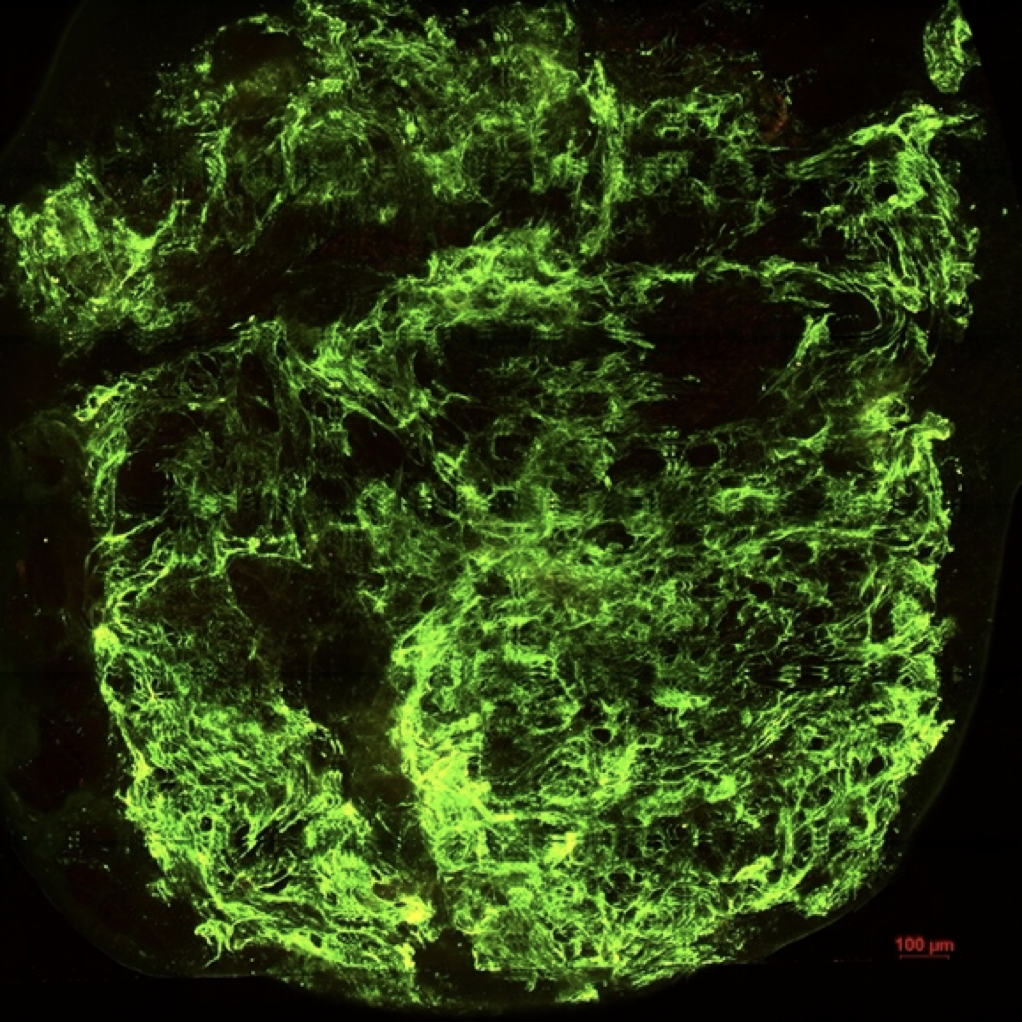The gastrointestinal (GI) tract is a complex biological system where chemical, physical, and microbiological processes interact to transform food and facilitate nutrient absorption. It is also a route to deliver innovative oral pharmaceuticals form (nano- or micro-encapsulation). A key feature of the GI tract is that these interactions are largely mediated by the interface between the intestinal mucosa and the luminal environment. Gaining a deeper understanding of these interactions would provide valuable insights to control nutrient or drug absorption.
The mucosa of the GI tract is lined with villi—finger-like, mechanically active structures that likely enhance mixing and absorption processes. The mucosa is further covered by mucus, a hydrogel made up of mucins, proteins, lipids, and other components, through which nutrients and drugs must diffuse to reach epithelial cells for absorption. Despite its importance, the rheology and structure of mucus remain poorly characterized in the small intestine.
Preliminary results from the LRP and TIMC teams, based on ex vivo studies of rat small intestine mucus, suggest that the structural organization and heterogeneity of mucus are dynamic and highly influenced by flow conditions. However, the experiments faced significant limitations. First, the dynamics of mucus structuration—particularly the transitions leading to filament and aggregate formation—were not captured, leaving the underlying physical mechanisms unclear. Moreover, the ex vivo conditions used did not fully replicate the physiological environment within a living organism.
This proposal aims to bridge this gap by advancing the characterization of mucus properties under ex vivo conditions. The objectives of the internships are:
To develop a flow cell in which ex vivo intestinal tissue remains alive and functional, enabling mucus production under controlled flow conditions.
To develop microrheological tools for characterizing the physical properties of mucus—such as elasticity, gelation, and mesh size—using passive nanoparticle tracking and spatiotemporal dynamic light scattering, with the goal of elucidating the relationships between microscopic mucus properties, intestinal motility, and flow.
Such a setup could be applied not only to the GI tract but also to other mucus-covered organs, such as the lungs and uterus.
The project builds on the complementary expertise of the LRP team in the rheophysics of soft materials and the PRETA team’s proficiency in smooth muscle physiology and physiological investigations in animals, humans, isolated organs, and in vivo studies..
Expected skills
This project is appropriate for students in Master of Physics of Complex Systems - or Applied Mechanics.
Background in Soft Matter Physics, Experimental developments, Microsocopy, is welcome.
International collaboration
The project is open for students willing to collaborate with the University of Amsterdam, Pr. Sahar El Aidy University of Amsterdam.

